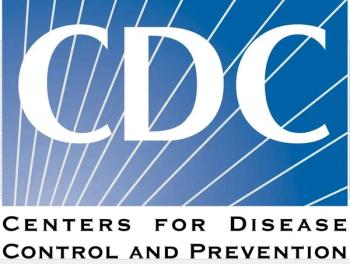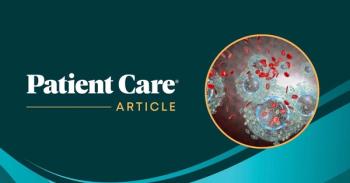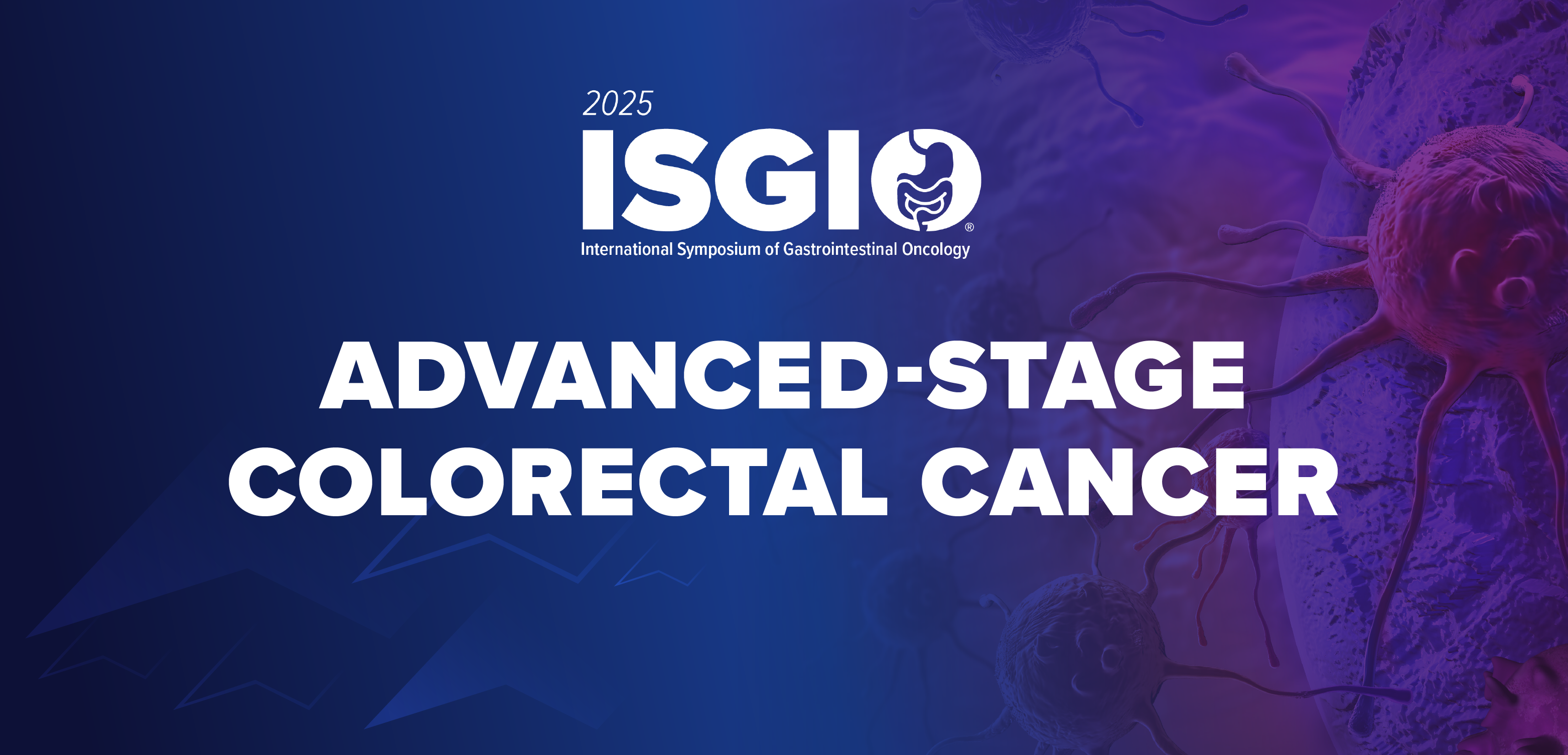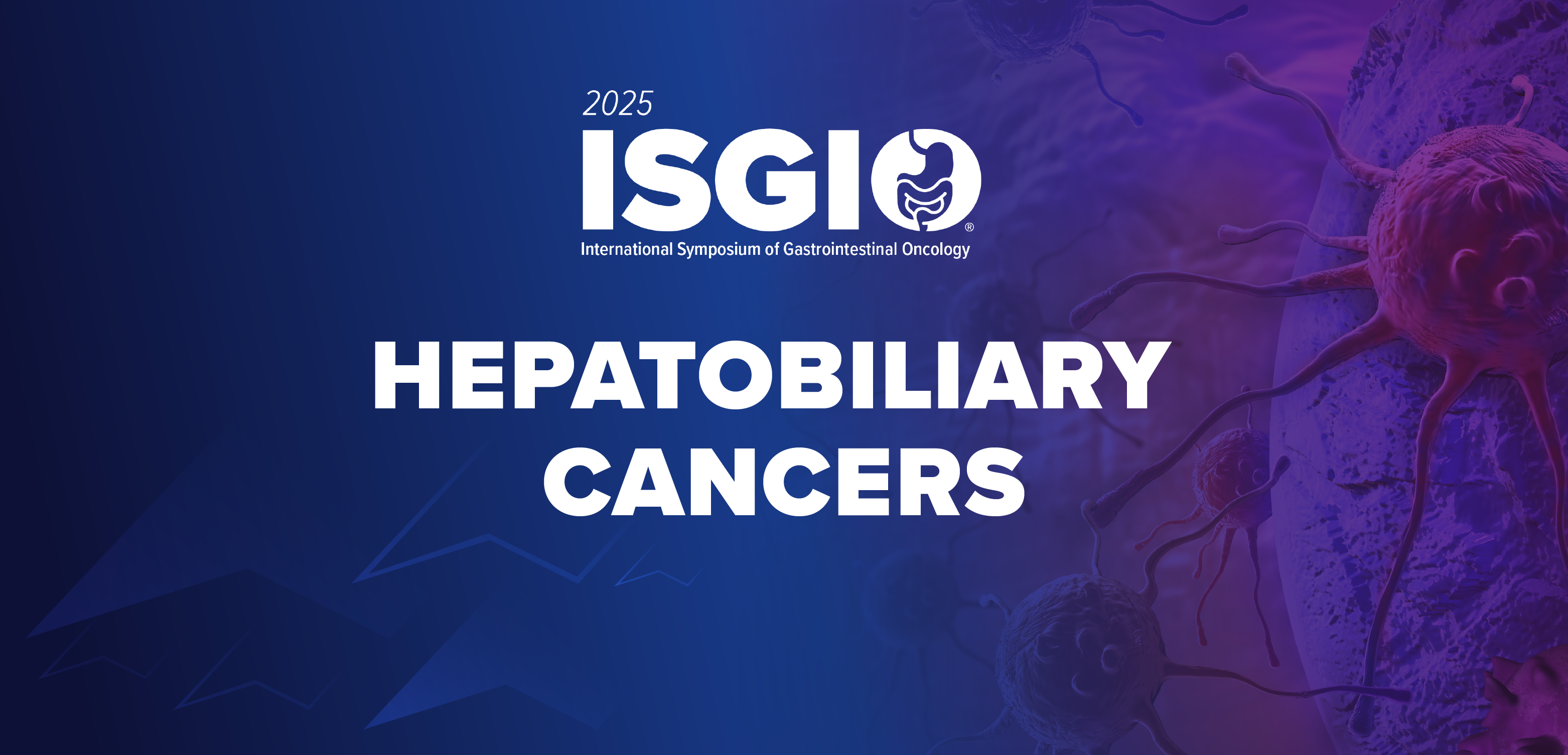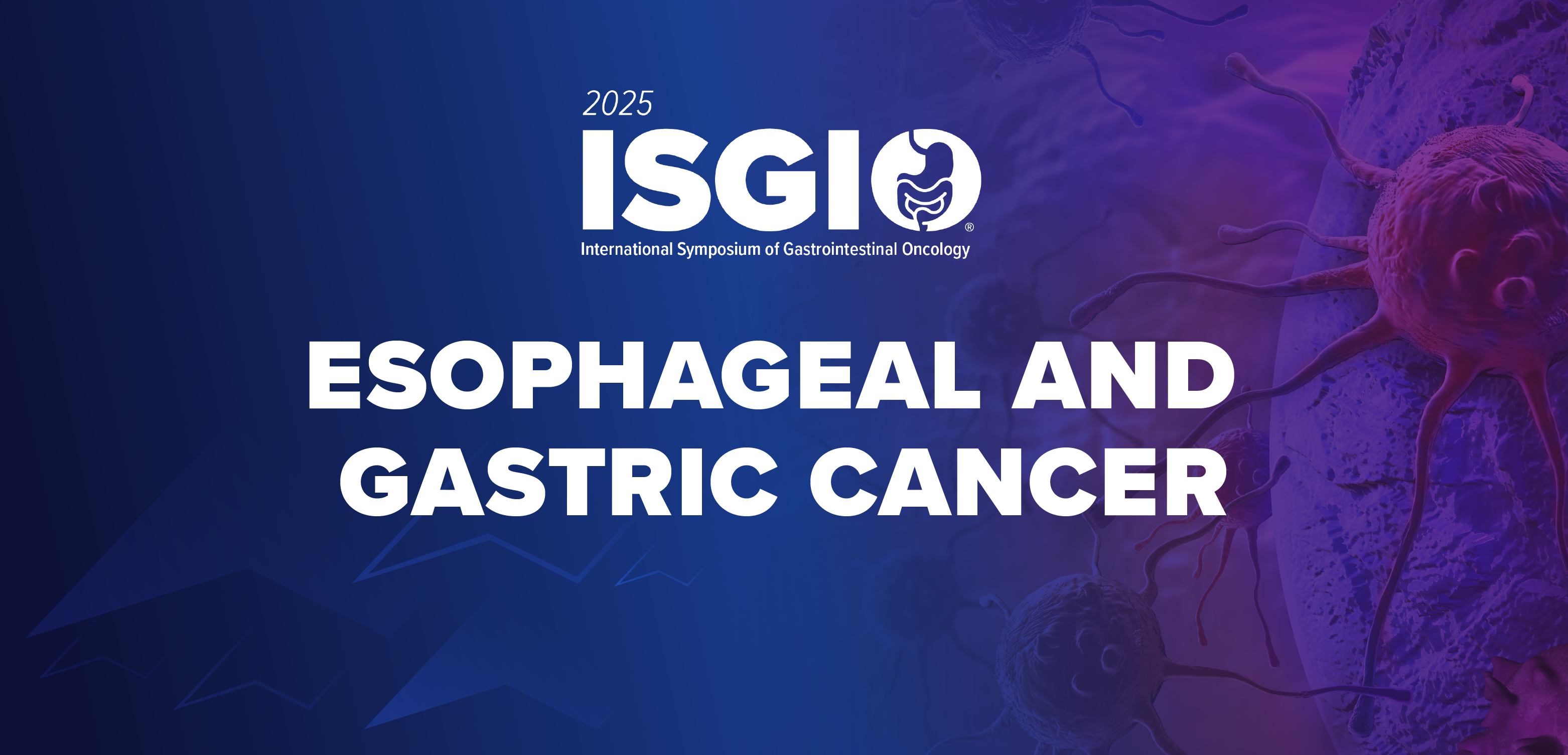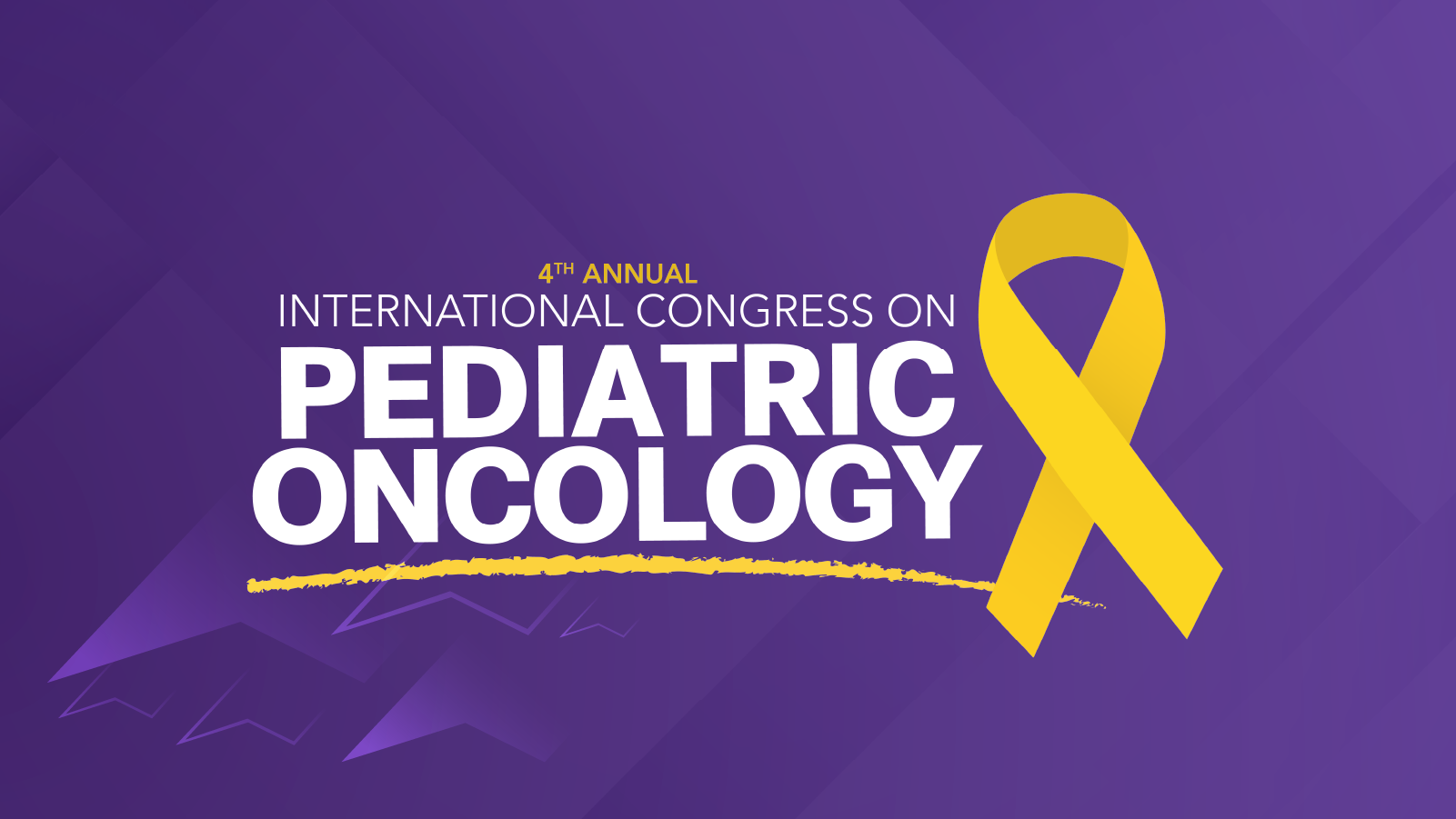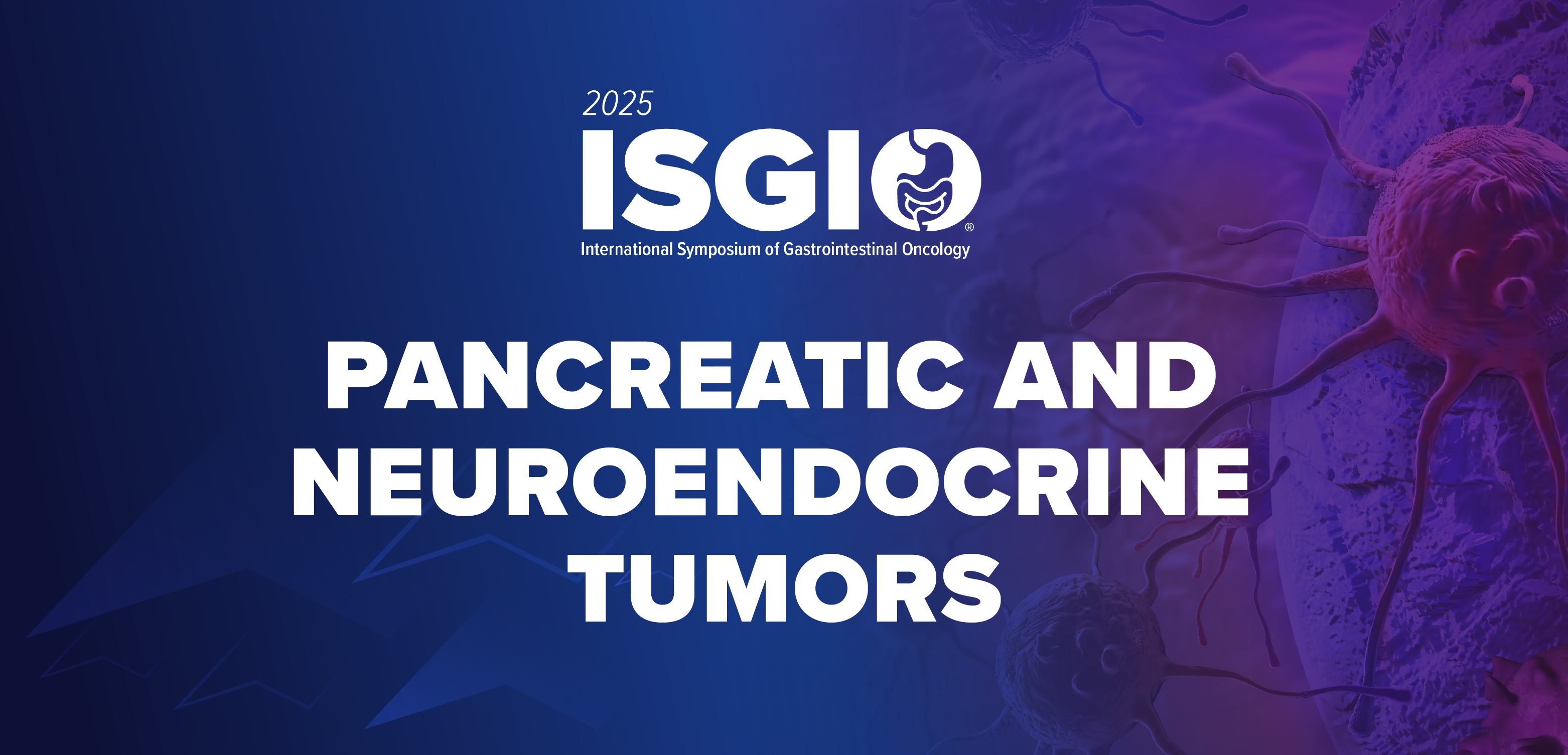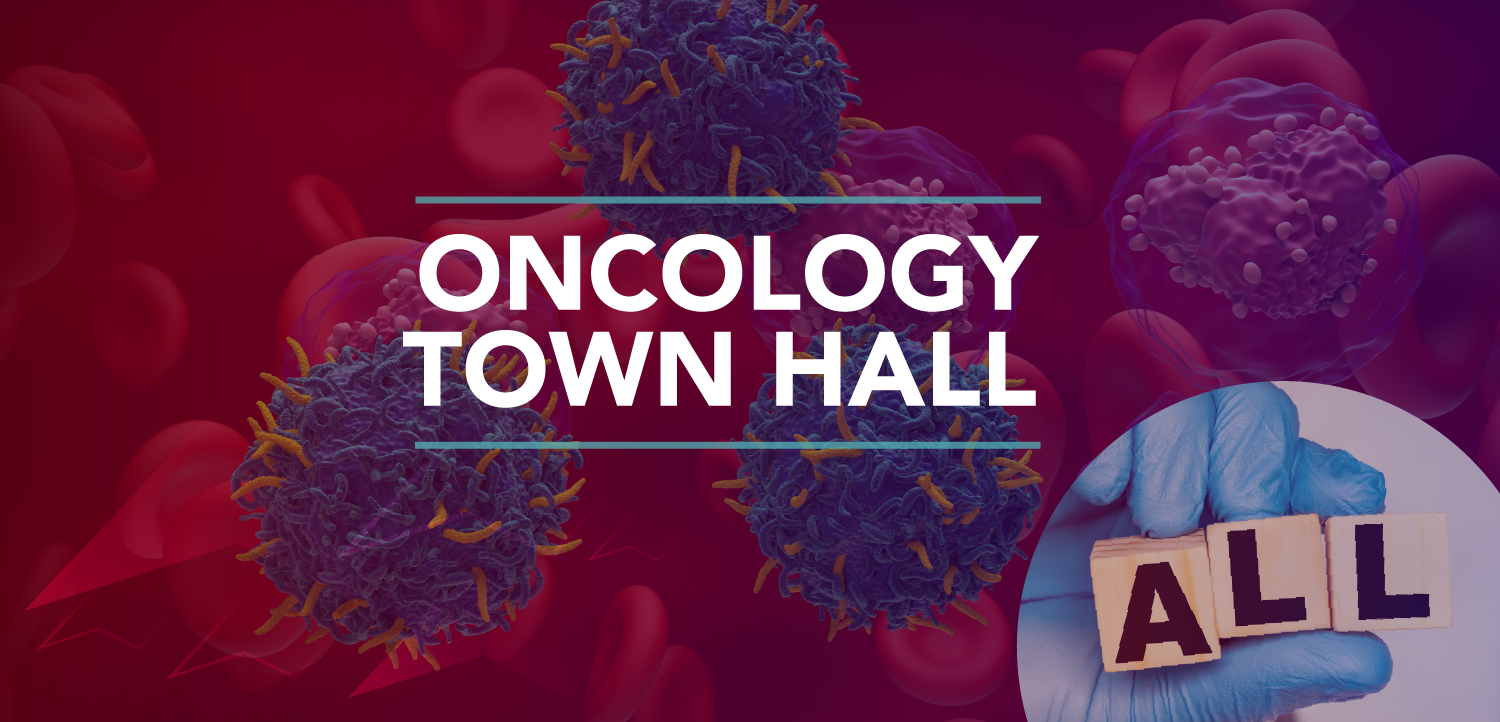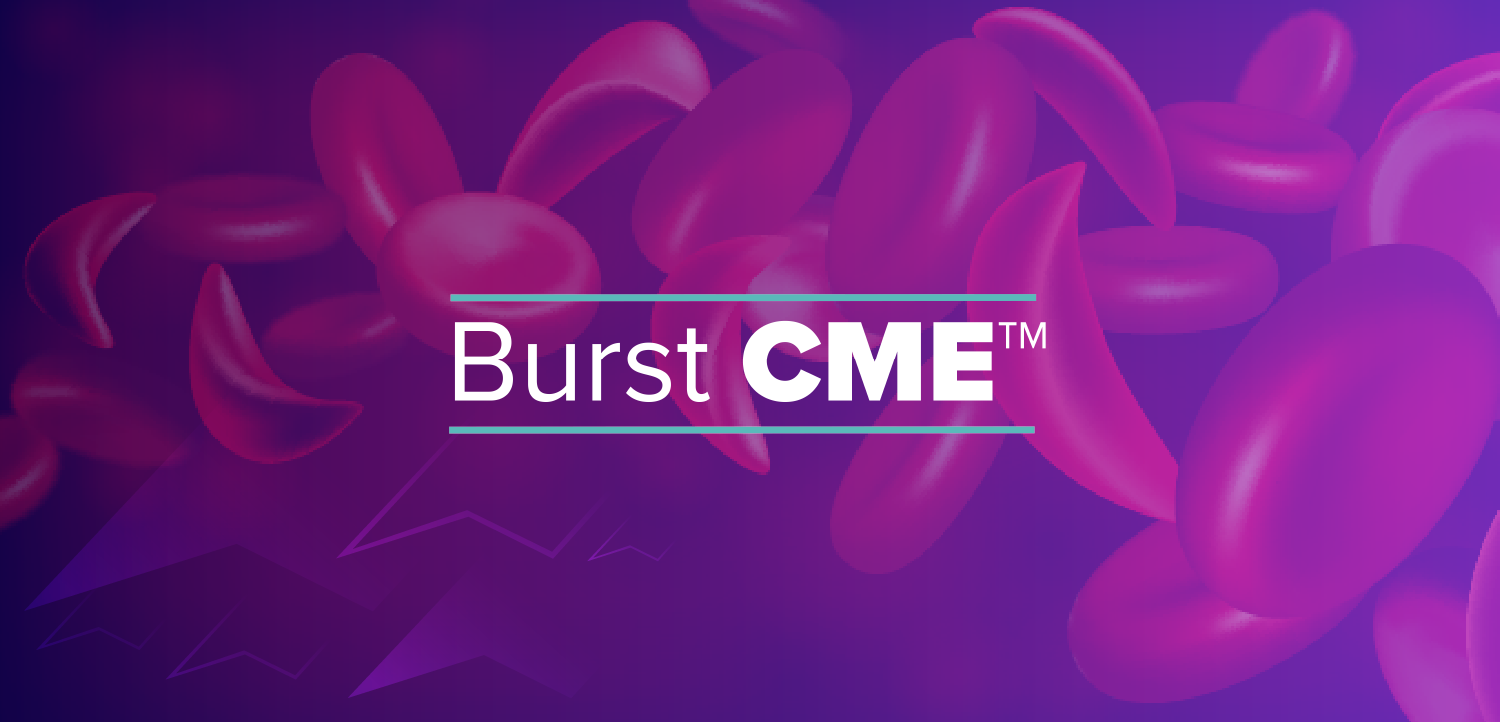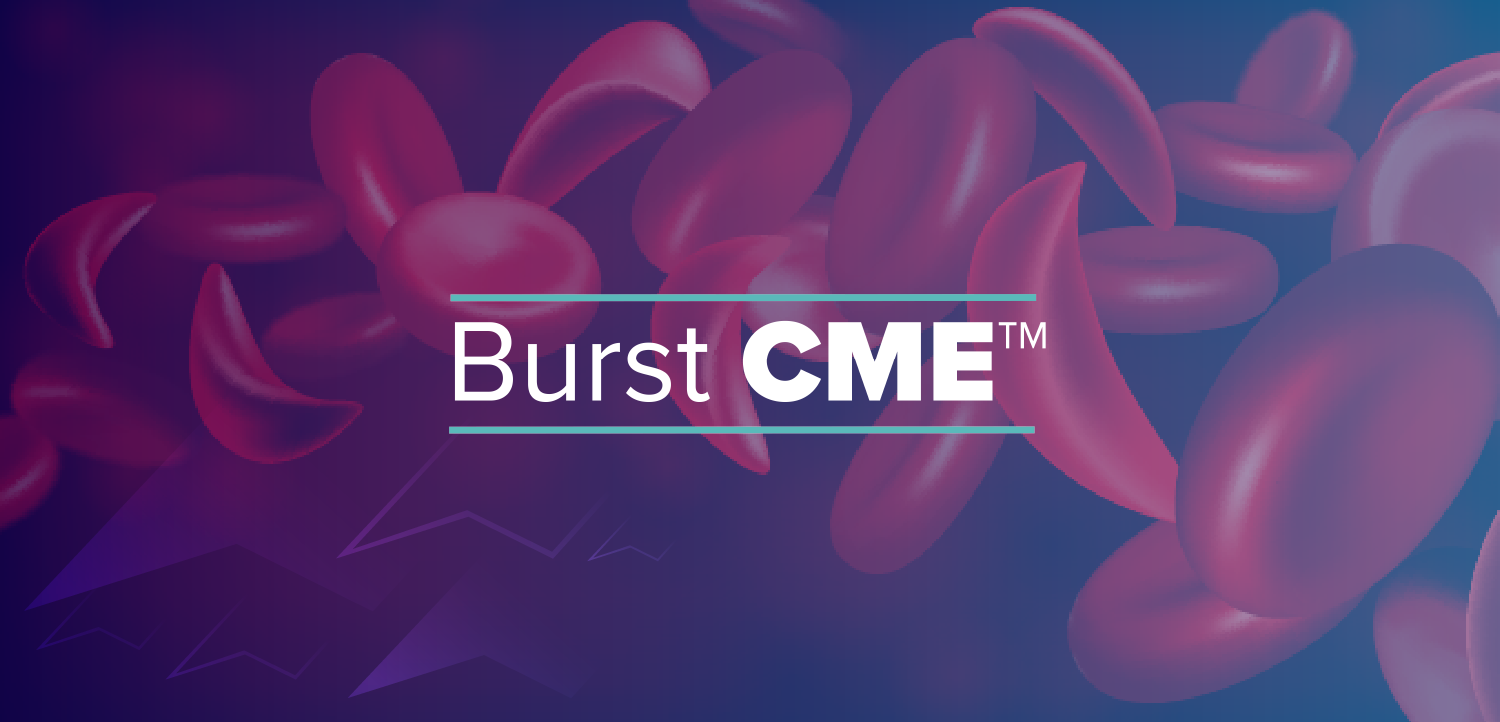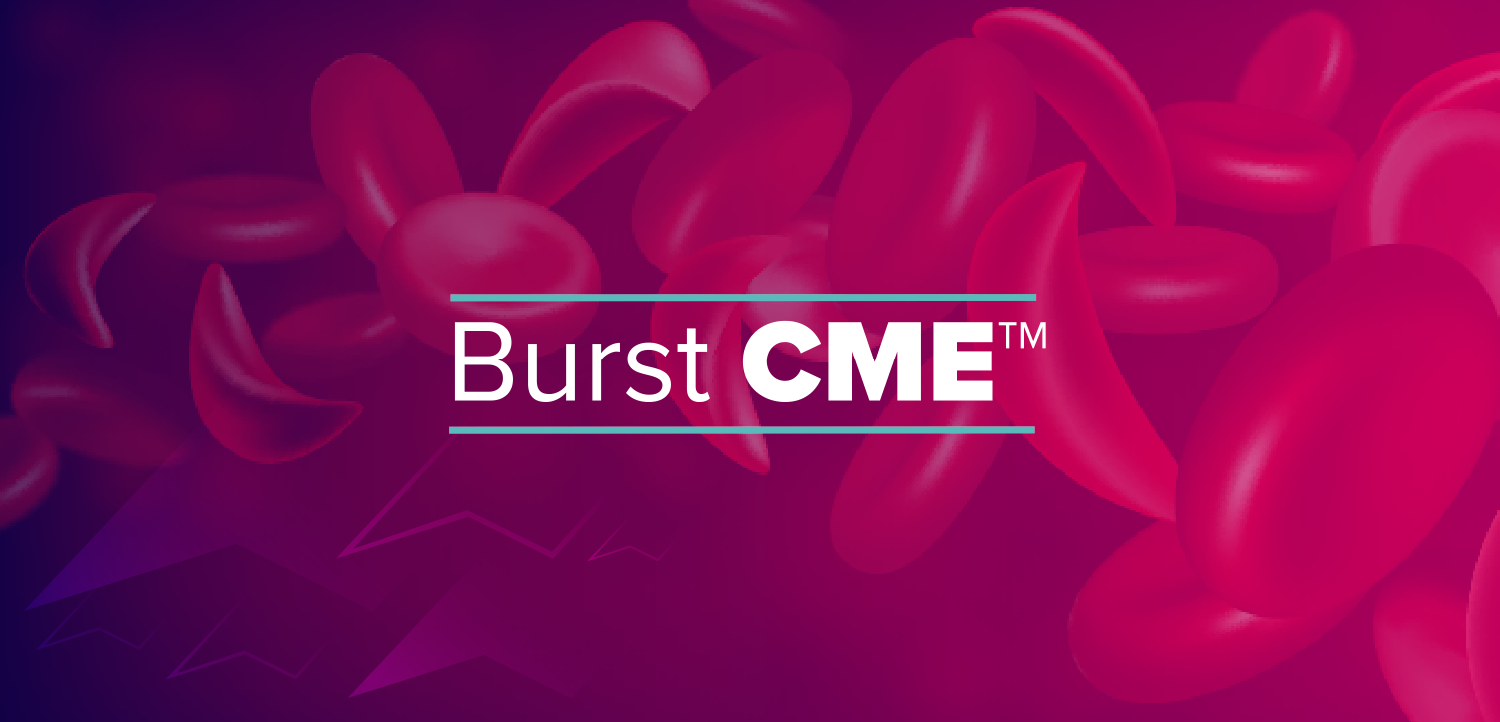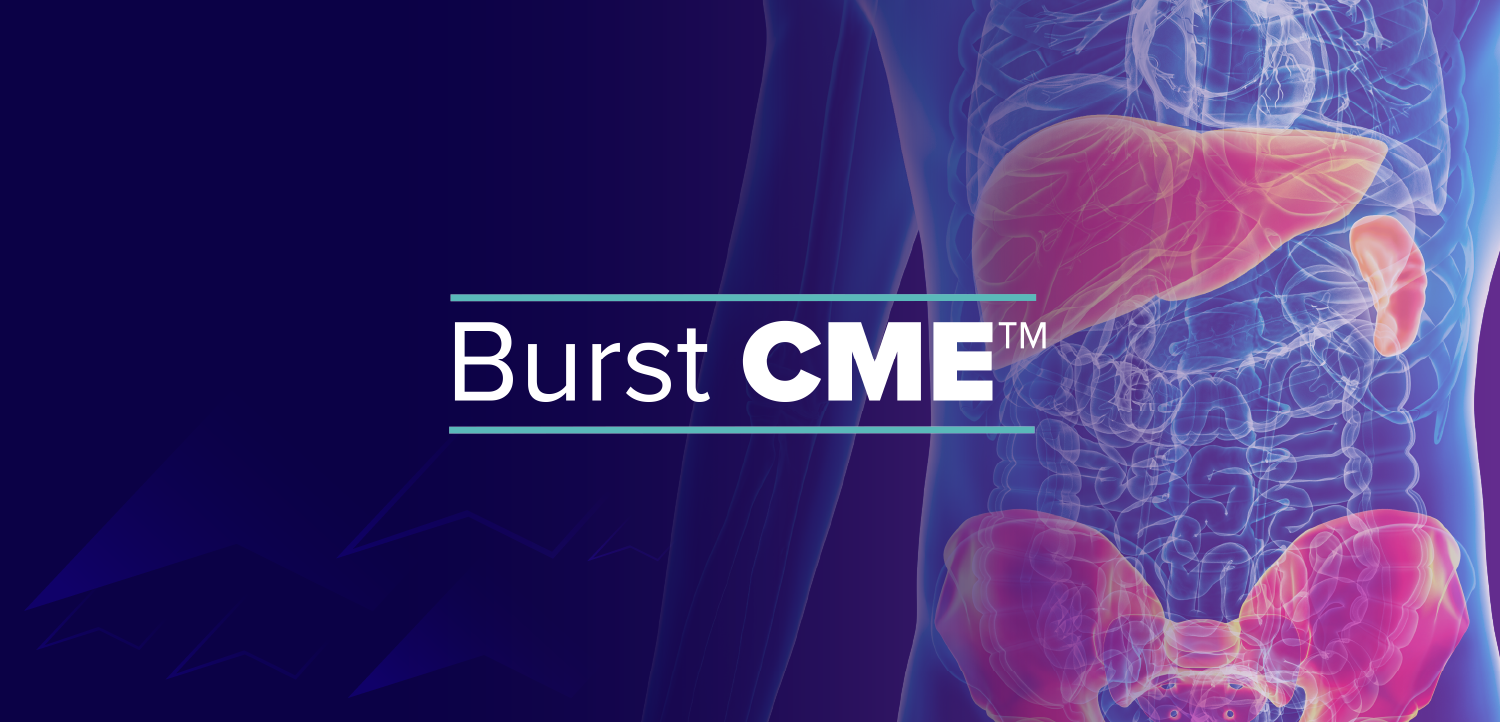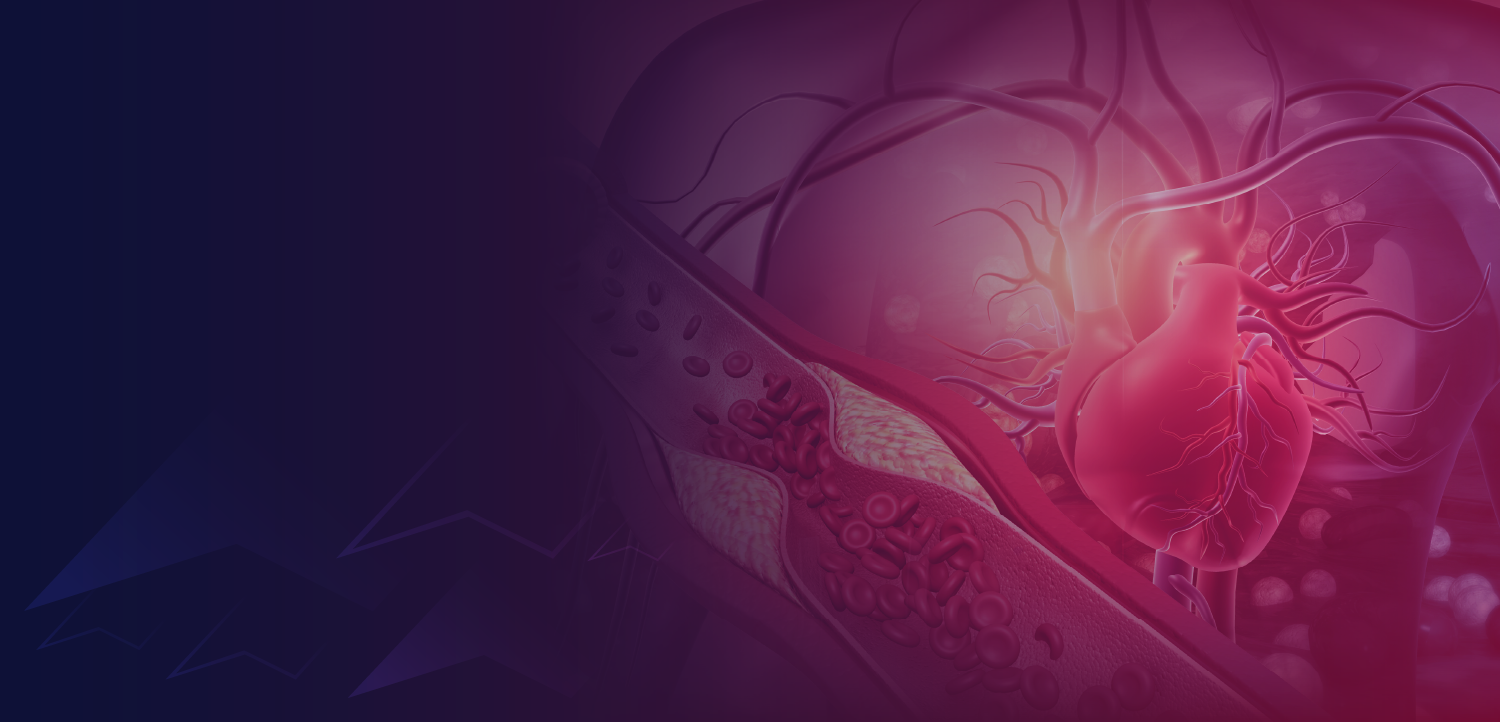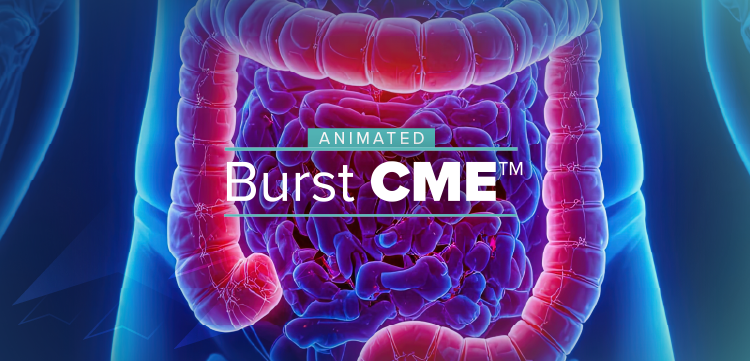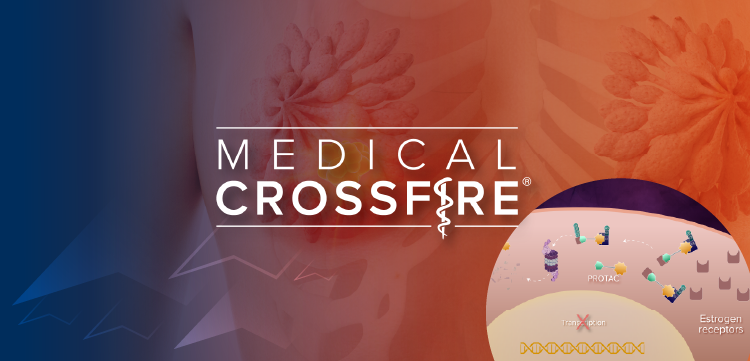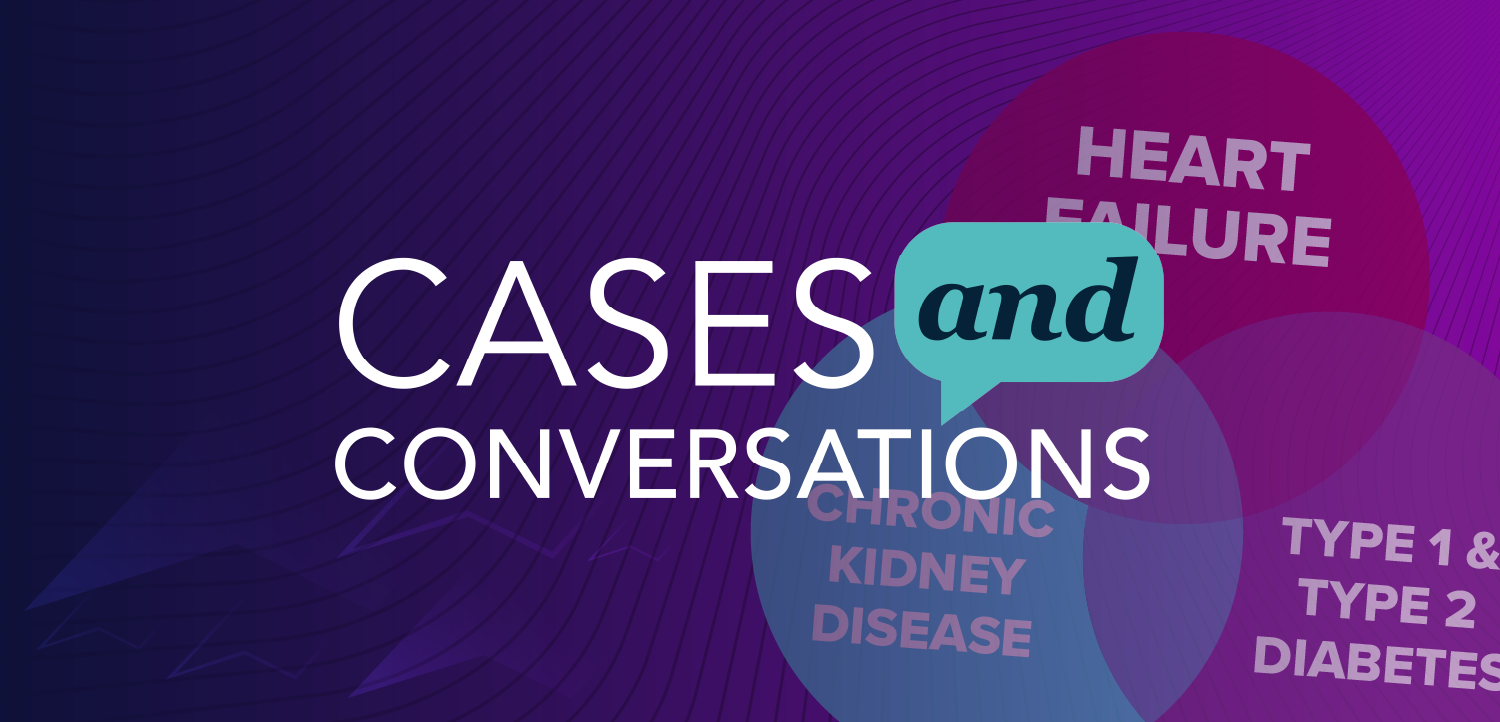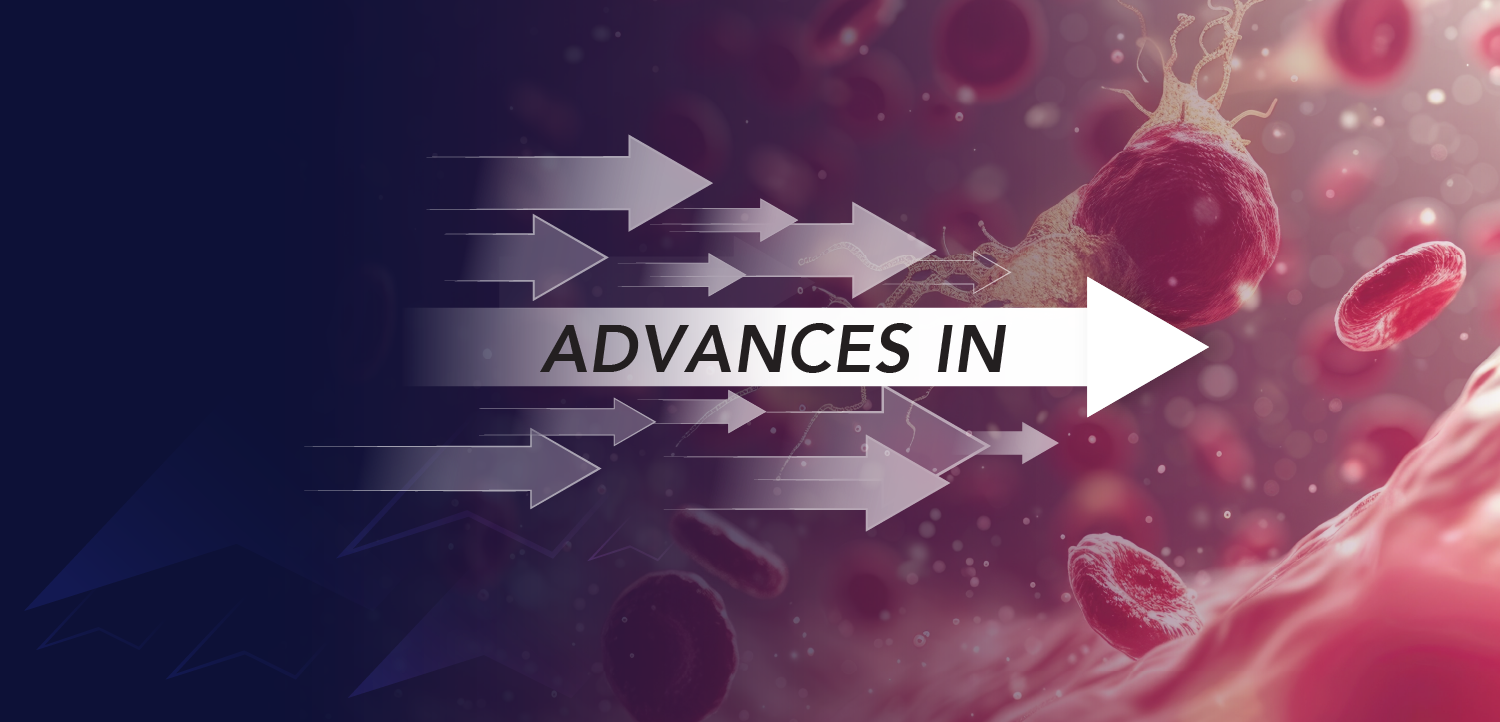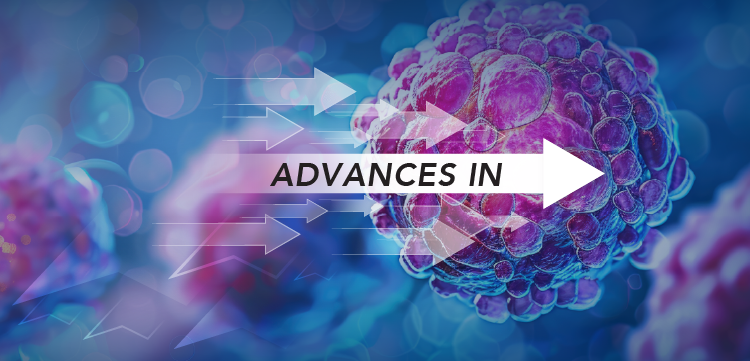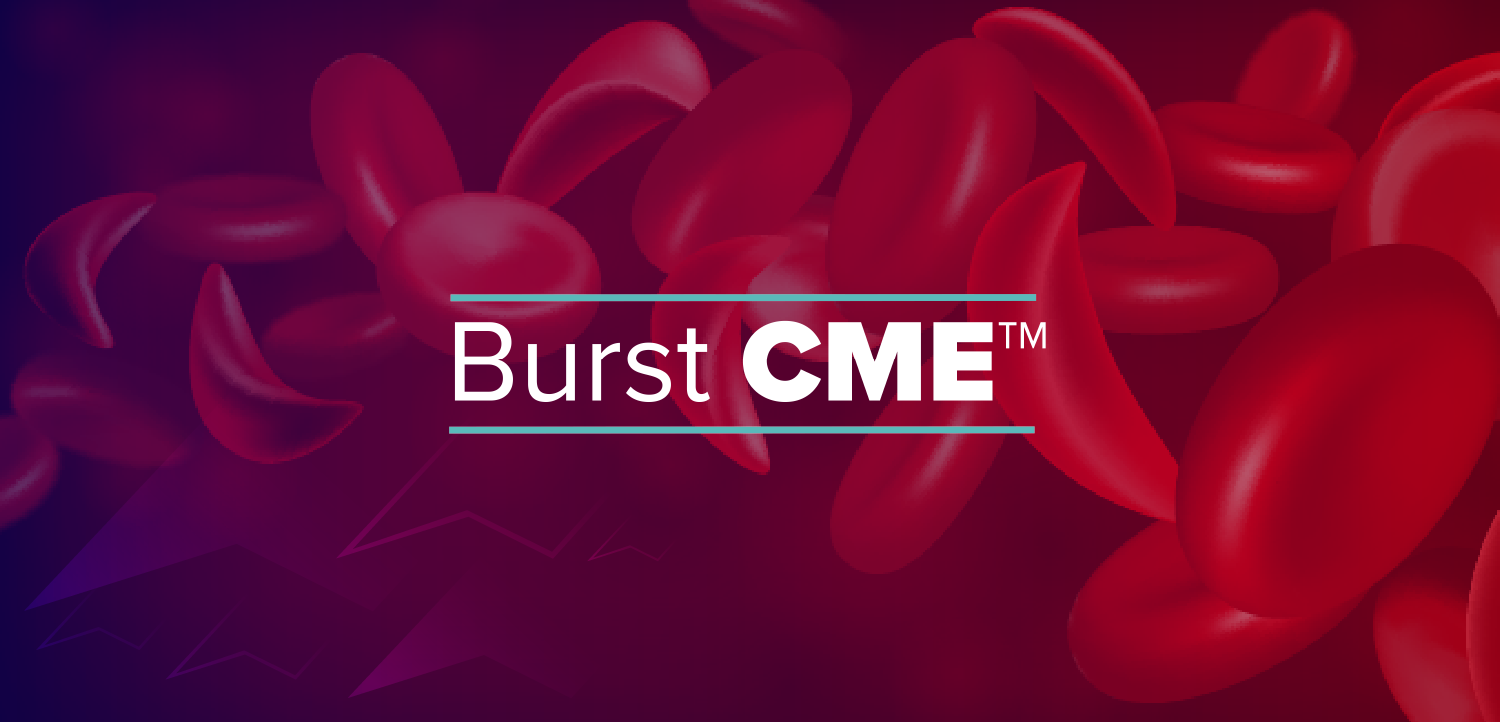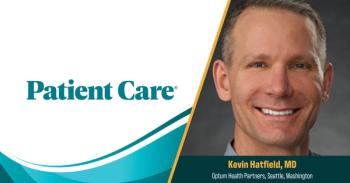
Best of Times in Liver Diseases
There has been an explosion of diagnostic and therapeutic discoveries affecting the liver. In this slide show: key points on 5 important clinically relevant areas.
There has been an explosion of diagnostic and therapeutic discoveries affecting the liver -- an essential organ, and common target of diseases seen in primary care. In this arena, it's the best of times.Leading a distinguished list of advances is the brave new world of interferon-free treatments for Hepatitis C.1I recently had the privilege of attending a “Liver Update”2 at the Cleveland Clinic. Here, I summarize 5 important areas that were-- and will continue to be -- clinically relevant.
Newsletter
Enhance your clinical practice with the Patient Care newsletter, offering the latest evidence-based guidelines, diagnostic insights, and treatment strategies for primary care physicians.

